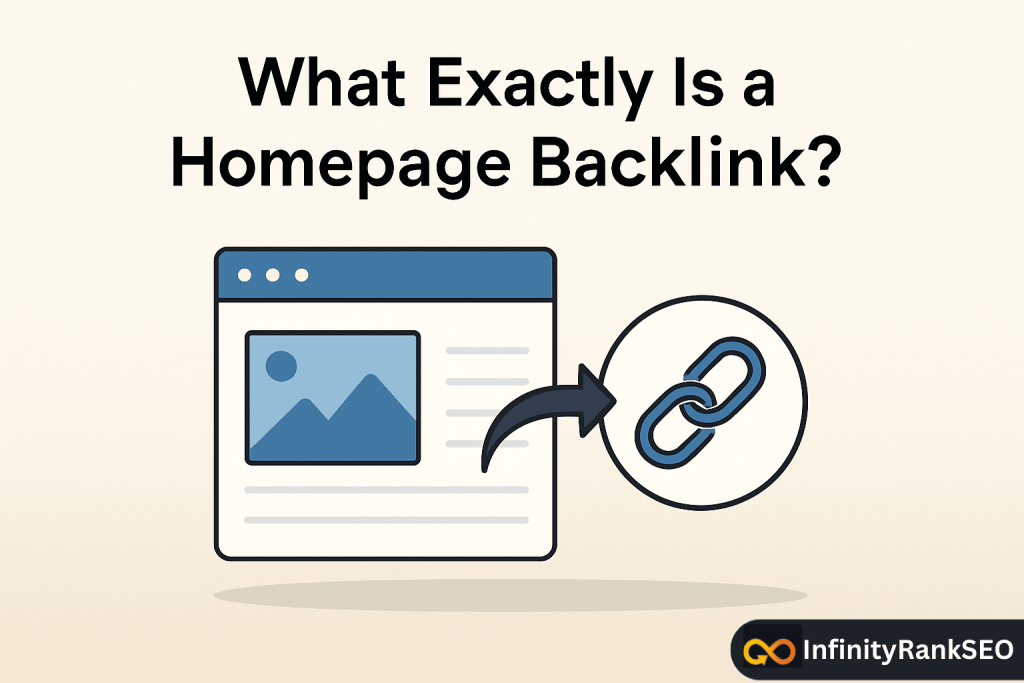You know backlinks matter. But here’s the real question: which backlinks actually matter?
Not all links are created equal. A link from The New York Times will do wonders for your site, while a spammy blog comment link might do nothing or worse, hurt you. That’s where link building metrics come in.
In this guide, we’ll cover the most important metrics for evaluating backlinks, why tools like Moz, Ahrefs, and SEMrush all score them differently, and how you can use these insights to sharpen your link building strategy.
Why Link Metrics Matter for SEO
Backlinks remain one of Google’s top ranking factors. But quantity alone doesn’t cut it anymore.
Think of it like this: would you rather have 100 business cards handed out at a random mall, or one introduction to an industry leader at a private event? Backlinks work the same way.
By using link metrics, you can:
- Measure quality vs. quantity of backlinks.
- Prioritize outreach to sites that will give you real ranking boosts.
- Track campaign success with clear, data-driven reporting.
Without metrics, link building is just guesswork.

The Most Important Link Building Metrics
Let’s break down the metrics you’ll see across tools like Moz, Ahrefs, and SEMrush.
1. Domain Authority (DA) Moz’s Classic Metric
- What it is: A score (1–100) predicting how likely a site is to rank in Google.
- Why it matters: Higher DA often means stronger backlinks but it’s a comparative metric, not a Google ranking factor.
- Example: Getting a backlink from a DA 80 site (like HubSpot) usually carries more weight than from a DA 20 blog.
Quick tip: Don’t obsess over the number alone. A DA 30 site in your niche can be more valuable than a DA 70 site that’s irrelevant.

2. Domain Rating (DR) – Ahrefs’ Take
- What it is: Similar to DA, but calculated differently. DR looks at the quantity and quality of a site’s backlinks.
- Why it matters: Great for quickly spotting authoritative sites in your niche.
- Example: Is 69 a good Domain Rating? Yes very. It means the site has a strong backlink profile compared to most of the web.
Fun fact: Ahrefs DR is logarithmic. Jumping from 20 → 30 is easier than 70 → 80.

3. Page Authority (PA) – Measuring at the Page Level
- What it is: Another Moz metric, showing how strong a specific page (not the whole domain) is.
- Why it matters: If your backlink is buried on a low-traffic page, its SEO impact will be smaller.
- Example: A backlink from a homepage (PA 60) usually beats one from an orphaned blog post (PA 15).
4. Trust Flow & Citation Flow – Majestic’s Duo
- Trust Flow (TF): How trustworthy a site is based on its backlinks.
- Citation Flow (CF): How many links a site has, regardless of quality.
- Why they matter: A high TF/low CF site = high trust, clean profile. A high CF/low TF site = lots of links, but likely spammy.
Case in point: A site with TF 40 and CF 45 is strong. TF 8 and CF 60? Red flag.

5. Relevance – The Human Filter
All the metrics in the world won’t help if the backlink isn’t topically relevant.
- A link from Moz’s blog to your SEO agency? Excellent.
- A link from a knitting blog to your crypto exchange? Worthless, maybe suspicious.
Google values relevance as much as authority. Always sanity-check with your own eyes.
6. Anchor Text – What the Link Says
- Exact match: “Best SEO tools” → risky if overused.
- Branded: “InfinityRank” → safest and natural.
- Generic: “Click here” → harmless, but low SEO value.
Best practice: Keep your anchor text natural and varied. Too many exact matches can trigger penalties.
7. Traffic Value – Beyond Metrics
Some backlinks send real people, not just “SEO juice.”
- Use tools like Ahrefs or SEMrush to see if a site actually gets traffic.
- A DR 50 site with 50K monthly visits beats a DR 80 site with zero visitors.
At the end of the day, backlinks should drive both rankings and referral traffic.

Final Thoughts
Link building metrics aren’t the goal they’re the compass. They help you prioritize, qualify, and report, but they don’t replace real-world judgment.
A healthy link profile is about quality, relevance, and diversity. Use DA, DR, TF, and traffic as guides, but always ask: does this link make sense for my audience and business?
If the answer is yes, it’s a backlink worth having.
FAQs
Which is better, Moz’s DA or Ahrefs’ DR?
Neither is “better.” Both are third-party metrics with different formulas. Use them directionally, not as absolutes.
How often should I check link metrics?
Monthly is enough. Metrics fluctuate focus on long-term trends, not daily swings.
Can a low DA/DR site still be valuable?
Yes. Niche relevance and traffic can outweigh raw authority. A DA 25 industry blog is often better than a DA 70 random directory.
Should I disavow links with low metrics?
Not automatically. Google ignores most low-value links. Only disavow if they’re spammy and potentially harmful.
What’s the ultimate metric of a good backlink?
Business impact. Rankings, traffic, leads, and conversions. Metrics are tools but results are what matter.
Neither is “better.” Both are third-party metrics with different formulas. Use them directionally, not as absolutes.




